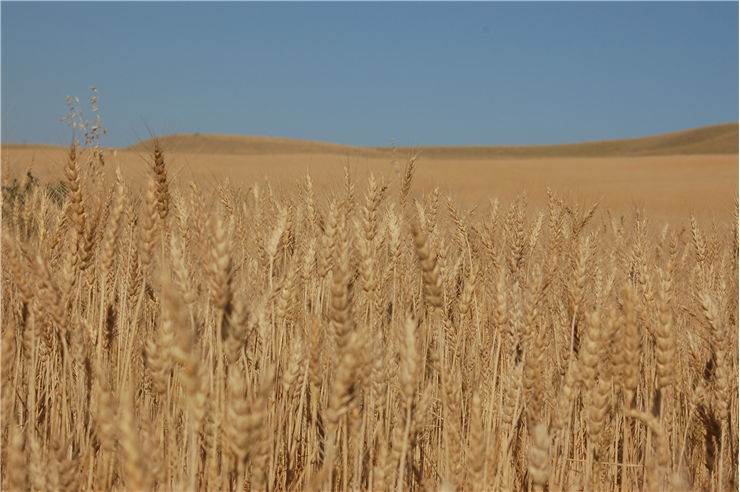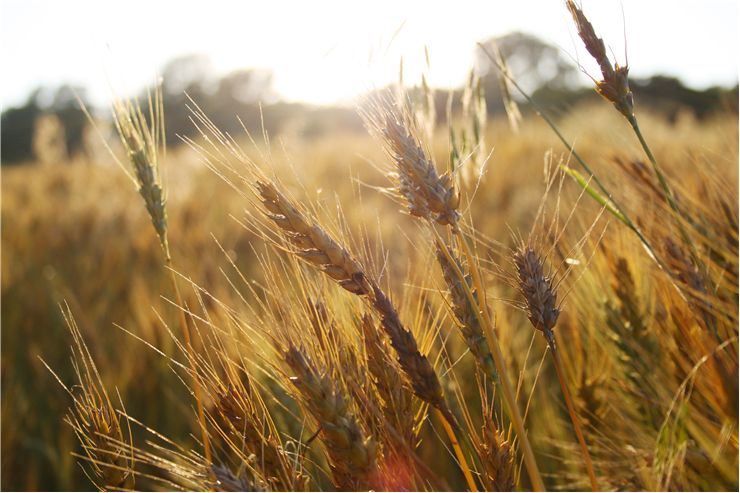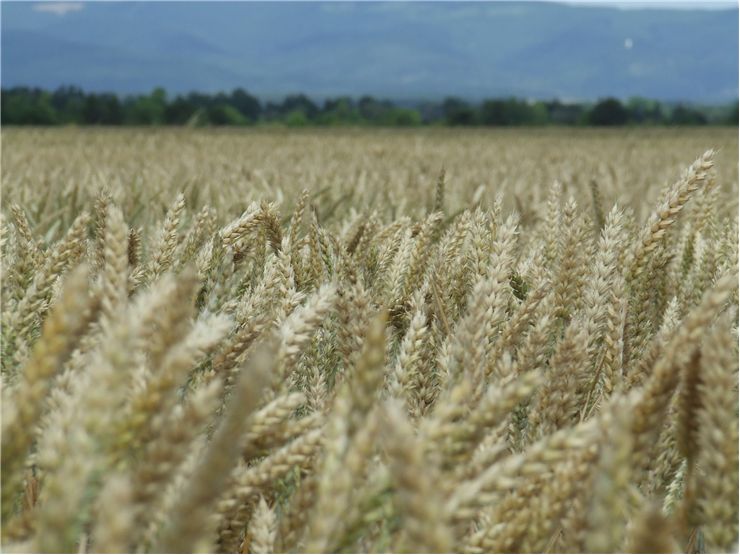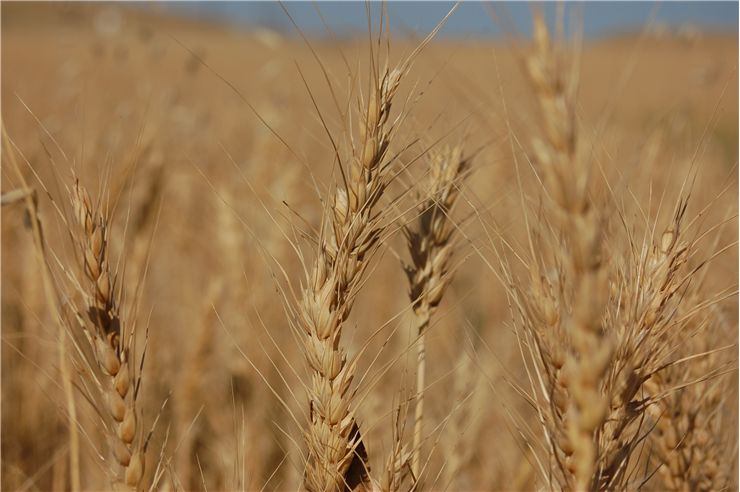Wheat History, Origins and Species of Wheat
Wheat is a cereal grain. It originally comes from the Levant region of the Near East and Ethiopian Highlands, but it spread in time and is now cultivated worldwide. Wheat is grown on more land area than any other commercial food. It is also the most traded crop, much greater than all trade of the other crops combined. Wheat grain is used for many purposes but mainly for foods. It is used for making flour for different kinds of bread, for biscuits, cookies, cakes, breakfast cereal, pasta, noodles, and for fermentation to make beer, some other alcoholic beverages, and for making of biofuel. Wheat is also used as a livestock feed, and its straw is used as a construction material.
Earliest archeological findings of domesticated wheat found in the Karacadag mountain region of what is today southeastern Turkey and are dating some 12,000 years ago. The earliest collected wheat (of the wild kind) was wild emmer at the Ohalo II site in the southern Levant which were 23,000 years old. Domesticated wheat has much larger seed than the wild ones and the seeds remain attached to the ear. Cultivated wheat came to Greece, Cyprus and India by 6500 BCE, Egypt shortly after 6000 BCE, Germany and Spain by 5000 BCE and by 3000 BCE, wheat had reached England and Scandinavia.
With cultivation and repeated harvesting and sowing of the grains of wild wheat farmers made domestic strains that were more suitable for human consumption. Today we have many species of wheat:
Common wheat or Bread wheat is a species that is the most widely cultivated in the world. Durum is wheat which has very hard, translucent, light-colored grain and is used for making semolina flour (coarse, purified wheat middling) for pasta. It is very high in gluten protein. Hard White is hard, light-colored, opaque, chalky wheat with medium level of protein. It is often planted in dry areas and commonly used for bread and brewing. Soft White is soft, light-colored wheat which is very low in protein and grown in temperate moist areas. Used for pie crusts and pastry.
Until the early 19th century, growing and harvesting of wheat didn’t differ very much from the methods of the ancient Egypt. Farmers harvested wheat by hand with a sickle. Stalks were tied by hand into bundles and waited the threshing. Trashing was done by livestock who trampled the stalks or farmers beat the stalks to loosen the grain from the stalks. Chaff was divided from the grain by throwing in the wind which blew the chaff away. This process was called winnowing. A reaping machine was patented in 1834 by Cyrus McCormick, an American inventor. The same year was invented a threshing machine. These machines made the harvest several times faster. The steam engine of the 1880's and the internal combustion engine of the 1920's replaced horses and cattle that pulled original machines and made harvest again faster and easier.
Today, wheat feeds billions of people and animals around the world.





